Almost any method of correcting images works some of the time. For those interested in PPW, or in taking a four-day class on how it works, the question has to be how much of the time. The MIT study we’ve been looking at offers a unique opportunity to answer that question. It shows the real-world advantages of the PPW and its various components, most of which I knew already, but there were a few surprises. I will discuss the two categories in this and the next post.
My book on the uses of LAB in Photoshop is subtitled The Canyon Conundrum. The first chapter shows corrections of nothing but canyons. Back in the first edition, I listed all the Photoshop books of the time that briefly mentioned what LAB was. Each one illustrated the point with a shot of a canyon.
As I pointed out then, one might conclude that working in LAB has major advantages for canyon images. Since the Picture Postcard Workflow uses LAB as its standard way of bringing out color, it follows that PPW also is a superior way of working with canyon images. For example, from the MIT 5k dataset, here is a “par” correction, compared to a PPW version prepared by me from the same original.
It is a trap to believe that since PPW is greatly superior on this image it ought to be similarly superior on whatever the next one is. That next one might not be a canyon. Human nature ensures that when we believe we have invented a better mousetrap, we try to prove that it is decisively to existing mousetrap technology in every conceivable circumstance. In our field, some misguided people (and I am one of them, far too often) try too hard to get something spectacular when the competition’s method works just as well.
One question is, how often does the competition have methods just as good? That’s hard to know from what I’ve written in the past. I save the images in which PPW does well for demonstrations and articles, but I basically ignore the images in which it does not have an advantage. That’s why the MIT study is so valuable: if we pick enough of the 5,000 MIT images at random we’ll get our fair share of both varieties. Originally I thought 50 images would be sufficient, but even when I raised the number to 100 it seemed like it might be somewhat biased toward images that favored PPW. So, I went up to 150 randomly chosen images, which fall into the following categories.
44 mostly people (29.3%) in the following subcategories:
images dominated by faces 7 (4.6%)
moderately large faces 13 (8.7%)
smaller faces/full figure shots 24 (16.0%)
30 scenic shots (20.0%) in the following subcategories:
greenery predominates 11 (7.3%)
desert or canyon 10 (6.7%)
other scenic 9 (6.0%)
14 studies of animals or birds (9.3%)
8 night or twilight shots of cities (5.3%)
15 architectural shots (10.0%) in the following subcategories:
interiors 7 (4.7%)
exteriors 8 (5.3%)
8 studies of flowers (5.3%) in the following subcategories:
basically all one color 4 (2.7%)
multiple colors 4 (2.7%)
5 studies of a strongly colored object other than flowers (3.3%)
5 food (3.3%)
3 sports (2.0%)
20 miscellaneous (13.3%)
As described here, each MIT image was corrected in Lightroom by five compensated student retouchers. I created a sixth “par” version, in which each of the five results was weighted 20%. Because the par version was often better than any of its five parents, I was most interested in comparing the par to the PPW version. But I also compared both the par and the PPW versions to each of the five parents, limited only to the question of whether any of the five were competitive with, or even better than them.
In evaluating the results (ground rules described here) it must be conceded that the MIT retouching team was made up of persons who, though reasonably skilled, don’t have nearly as much experience in the field as I do. So in trying to determine how often PPW makes a major difference I look at all of the cases where the PPW version was decisively better than the par version, but excluding ones where at least one of the five retouchers created something competitive. Then, I apply some kind of mental fudge factor downward on the theory that these retouchers are more likely to do something foolish than I am.
I’ll show the full results at the end of this post, but the bottom line is that PPW appears to add significant value to slightly less than half of these images. Certain categories are quite predictable. Ten shots of deserts and canyons? I’d expect a clean sweep, and that’s what happened. Of 50 individual and 10 par versions, only one retoucher managed to get something competitive to PPW.
One must expect similar results in scenic shots that feature greenery, due to the MMM action in PPW, and sometimes H-K as well. For example,
Other types of scenics also favor PPW. In this post I showed an image of Waikiki Beach where the extra action in the water was a big plus compared to the work of the Lightroom retouchers. So far, this is a good explanation why more landscape photographers seem to prefer LAB than anyone else.
As expected, PPW also did well in two other categories. When an image is dominated by one object of a single color, or in any of the flower studies that featured only one color, the PPW blending capabilities, sometimes assisted by H-K, created a decided advantage, as in
The final category in which one would expect a near clean sweep for PPW is in shots of faces. The MMM action creates attractive hue variation within the face, something missing in other applications.
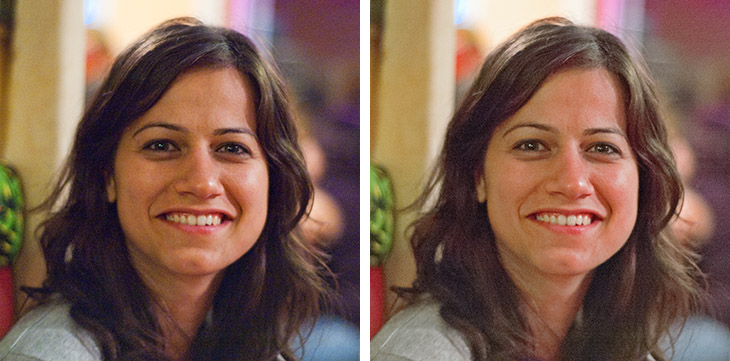
3498-D and 3498-PPW: Left, the best of the five retoucher versions, which was better than the par entry. Right, the PPW version.
This category offered two surprises, at least to me. First, I thought that the advantage would hold even when the faces were fairly small. It did not. Medium-sized faces generally were better with PPW, but it wasn’t as decisive as when the faces were larger. And even with larger faces, an exception showed up: African-American flesh is not as flattered by hue variation as lighter skintones are.
The categories listed above comprise about a third of all the images. PPW often has advantages in the others but they are image-specific as opposed to being common to a category. For example, PPW has a high win rate in architectural images because its false profile/multiply routines can correct for poor lighting conditions. Also, PPW has excellent handling of shadow and highlight detail, which are often big factors in images of birds and animals. But if these factors don’t exist then if you use PPW virtue will have to be its own reward.
Sometimes these factors pop up in an unexpected category, such as night or twilight shots of cities. In principle there isn’t a PPW advantage because the main decisions (how dark to present the scene, and what color for the sky) are artistic choices for which technique is irrelevant, and because the bright lights in the buildings are easy to handle in any method.
An image of the famous fountains of the Bellagio in Las Vegas, however, is the exception.
True, there is plenty of room for debate over the color of the lake and sky, and how strongly and what color to make the lighting of the building. But the signature of this hotel is its magnificent array of fountains and this shot lives or dies by their detailing, which PPW’s Bigger Hammer handles well.
Here are the overall results:
Comparisons against the five parent versions:
Par version is significantly better than a given parent: 558 times out of 750. (74.4%)
Par version is significantly better than ALL FIVE parents: 36 times out of 150. (24.0%)
PPW is significantly better than a given parent: 706 times out of 750 (94.1%). On only two images were there three parents competitive to PPW; in three others two parents were competitive.
PPW vs. Par (150 comparisons)
126 total wins (84.0%) with the following subdivisions:
Decisive wins over par; significantly better than all parent versions: 72 (48.0%)
Decisive wins over par but at least one parent was competitive 16 (10.7%)
Significant wins over par and all parent versions 31 (20.7%)
Significant wins over par but at least one parent was competitive 7 (4.7%)
17 ties (11.3%)
7 total losses (4.6%) with the following subdivision:
Decisive losses 2 (0.7%)

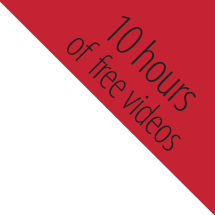
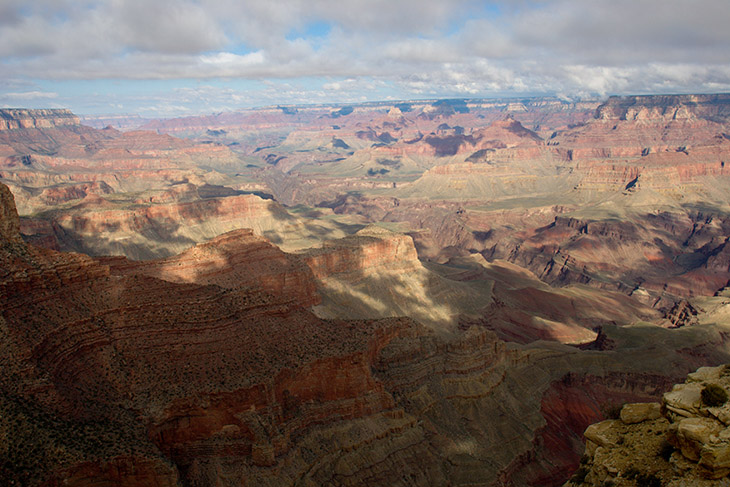
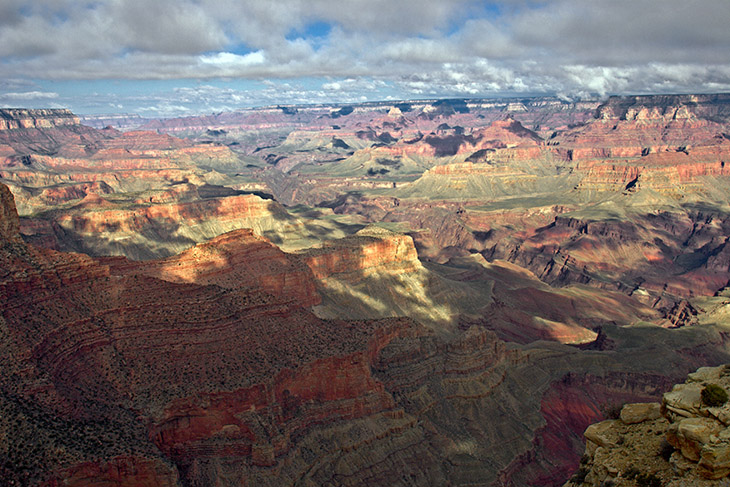
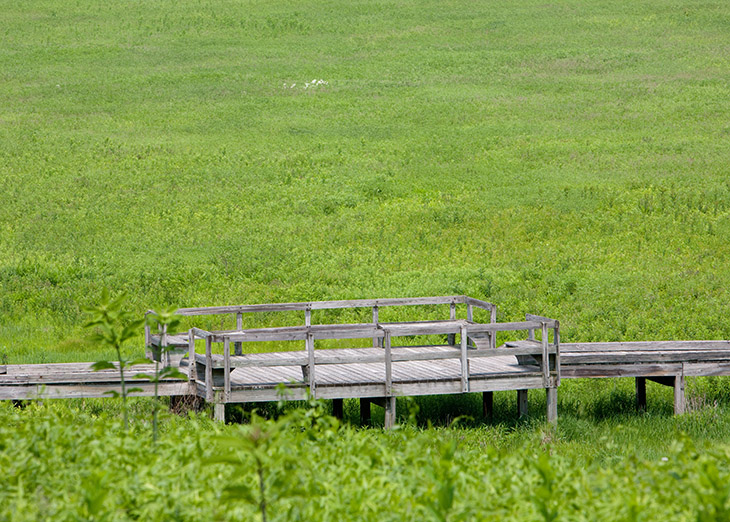
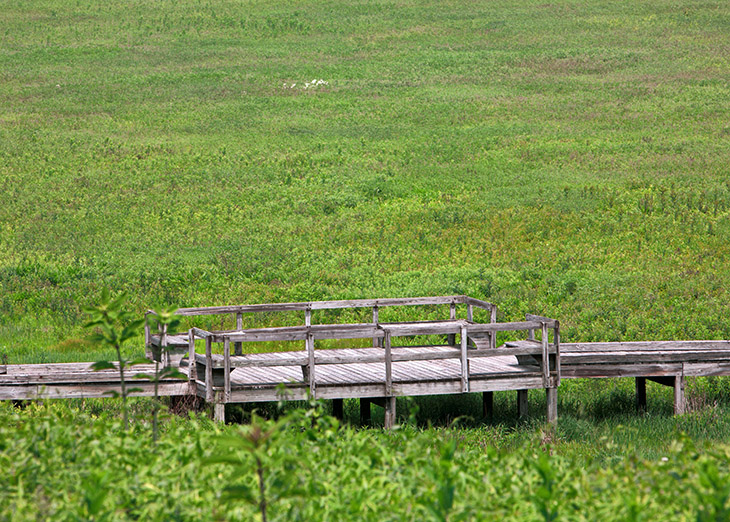
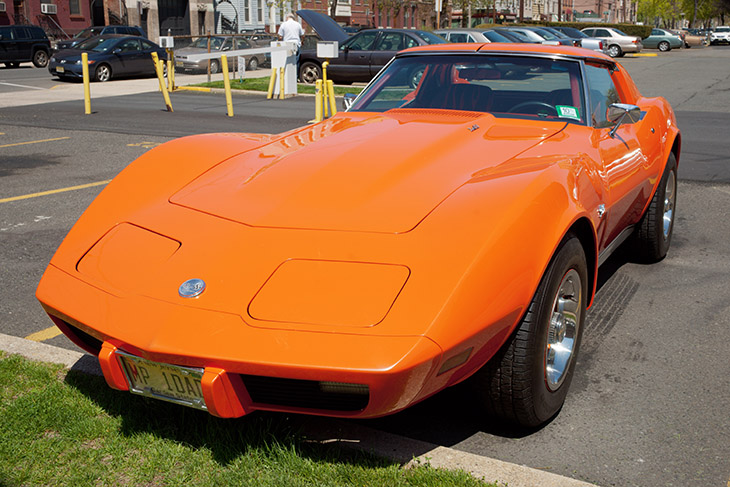
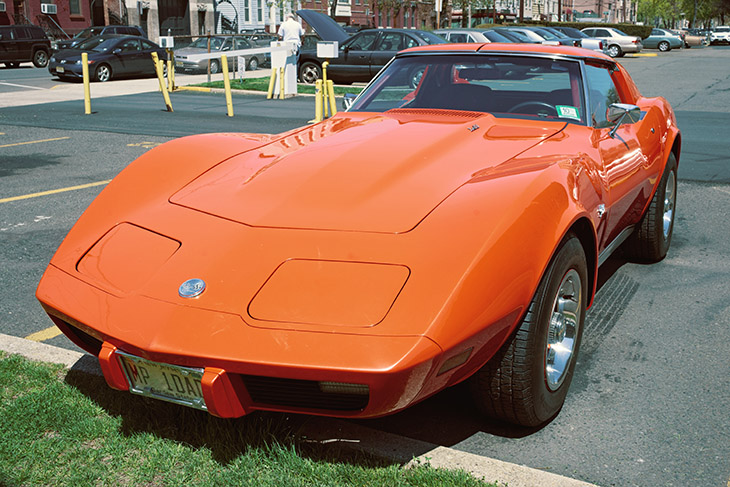
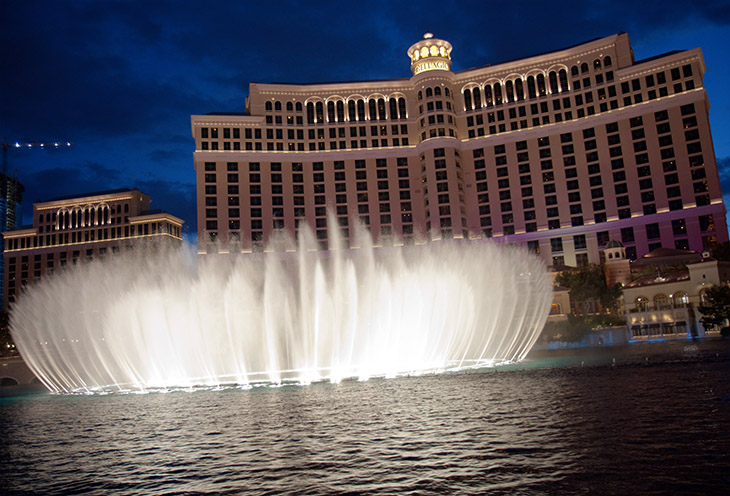
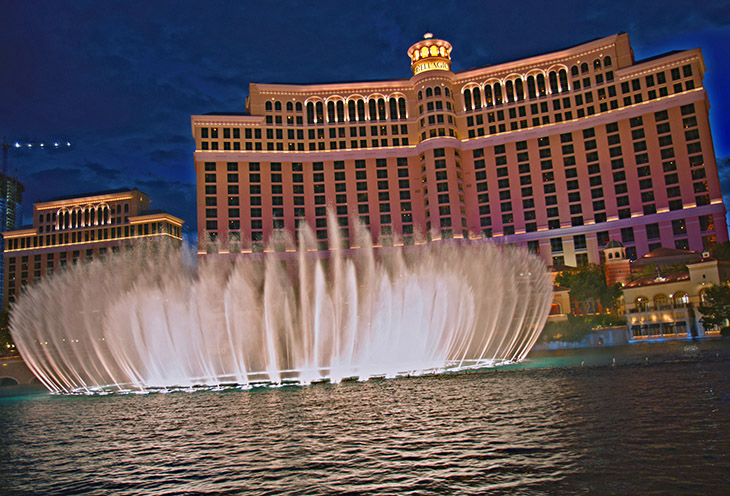
{ 1 comment… read it below or add one }
All in all a fair and truthful summary imho. I use PPW extensively on my own images, which consist of mainly Birdlife, some wildlife, flowers, occasionally faces and landscapes. I also retouch some other photographers work from all types of cameras. Recently completed retouching botched work of a wedding photographer and retouched some 150 images for a publication. My summary PPW never once failed me and always assisted me in producing more than satisfactory results. I still regard myself as a student of PPW and have read the MPCW and LAB book more than once or even twice. Thanks to these books and Dan’s ongoing interest and involvement in the subject my photographic experience as a whole has been enriched immensely. Thanks Kirk West